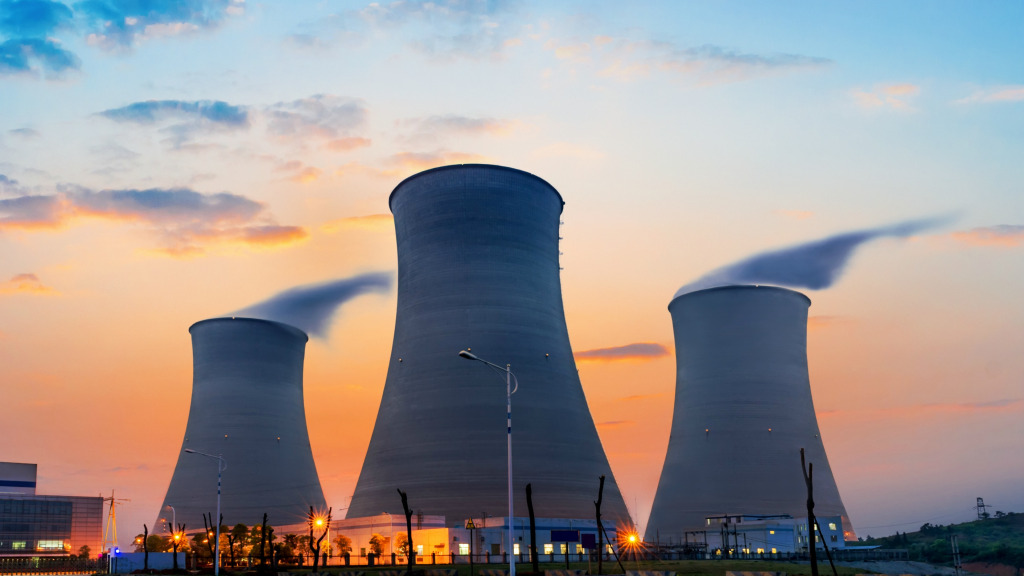Nuclear power plants, long designed to withstand seismic tremors and human error, now face a new and evolving threat: the intensifying wrath of climate change. From rising sea levels to extreme weather events, the industry is scrambling to fortify aging infrastructure and adapt safety protocols to a planet in flux.
The urgency is driven by the potential consequences of a breached nuclear facility. Radioactive materials released into the environment could have catastrophic health and environmental impacts for decades. A 2011 tsunami struck Japan’s Fukushima Daiichi plant, triggering meltdowns and radioactive releases that continue to ripple through the region.
The Nuclear Regulatory Commission (NRC) is spearheading efforts in the US. They’re conducting vulnerability assessments at all operating nuclear plants, evaluating potential risks from floods, hurricanes, and rising sea levels. Stress tests are simulating extreme weather events to pinpoint weaknesses and identify necessary upgrades.
Coastal plants are a particular concern. Sea levels are projected to rise significantly this century, threatening to inundate critical cooling systems and backup power generators. Several US plants are already considering raising safety-related equipment or constructing seawalls.
Extreme weather events pose another challenge. Hurricanes and tornadoes pack powerful winds that can damage containment structures and disrupt power supplies. Nuclear plants are typically designed to withstand these forces, but the increasing intensity of storms raises concerns. Upgrading ventilation systems to prevent flooding during heavy rain is another area of focus.
Beyond physical fortifications, the NRC is emphasizing emergency preparedness. Updating evacuation plans to account for potential climate disruptions and ensuring communication systems remain functional during disasters are crucial steps.
The issue isn’t lost on the international community either. The International Atomic Energy Agency (IAEA) is working with member states to develop best practices for climate change adaptation in the nuclear sector. Sharing knowledge and expertise is seen as vital for ensuring global nuclear safety in a changing climate.
The focus on climate resilience doesn’t come cheap. Upgrading nuclear facilities can be a multi-billion dollar undertaking. Balancing safety concerns with economic considerations is a complex equation for plant operators and regulators alike.
The nuclear industry argues that these investments are essential to maintaining a reliable source of clean energy in a carbon-constrained world. Nuclear power plants generate electricity without producing greenhouse gases, making them a potentially valuable tool in the fight against climate change.
However, critics argue that the inherent risks of nuclear power are simply too great, and the industry’s vulnerabilities to climate change highlight those concerns. They advocate for a shift toward renewable energy sources, which they see as less susceptible to extreme weather events.
The debate over nuclear power’s role in the future energy mix is likely to intensify as the climate continues to change. But one thing is clear: ensuring the safety of existing nuclear facilities in the face of a more volatile planet is a pressing challenge that demands immediate attention.
____________________________________
This article first appeared on The WIRE and is brought to you by Hyphen Digital Network
(The content powered by our AI models is produced through sophisticated algorithms, and while we strive for accuracy, it may occasionally contain a few minor issues. We appreciate your understanding that AI-generated content is an evolving technology, and we encourage users to provide feedback if any discrepancies are identified. As this feature is currently in beta testing, your insights play a crucial role in enhancing the overall quality and reliability of our service. We thank you for your collaboration and understanding as we work towards delivering an increasingly refined and accurate user experience.)







